Sukoon Meaning, Arabic, And Examples In Quran (Jazm)
Advertisements
In this lesson, we will learn sukoon meaning in Arabic, another word for sukoon, it’s symbol in Arabic and in Quran. We will also look at the difference between jazm and sukoon.
Sukoon Meaning In English
Sukoon literally means still, rest, motionless or calmness. It is just a vowelless diacritic or sign in Arabic. Sukoon is optionally used above a letter to indicate that it has no vowel, it can be found in the middle or end of a word and doesn’t necessarily express any grammar.
Sukoon is free from any Arabic vowel. It remains unchanged in its written form and as well as in pronunciation when continuing to read after it and when stopping on it. They are a letter or combination of letters that are written and not pronounced at the beginning of words.
Sukoon In Arabic
Sukoon is written in Arabic as سُكُونْ and occurs in nouns and verbs in the middle of the word and at the end of Arabic words. It also occurs in prepositions and particles but only at the end of them. All Arabic letters can have a sukoon on it and can be written with no vowel on it.
Sukoon Symbol In Arabic And Quran
The symbol for sukoon or jazm in Quran or Arabic is a small circle, or zero, written above the letter (ــْـ). The symbol is called sukoon or jazm, and the letter it is on is called sakin (سَاكِنْ). The Sakin letter cannot start a word. They cannot be recited without a letter preceding them.
Advertisements
For example: London لُنْدُن (the /n/ sound has no vowel) and I didn’t write [lam ʾaktub] أَكْتُبْ.
Related Huruf Muqatta’at Meaning And Detail Explanation
What Is The Difference Between Sukoon And Jazm?
Sukoon is an Arabic term use tajweed while Jazm is mainly use in Arabic grammar. The symbol of sukoon and Jazm are the same and has the same rule on letters. They both represent an absence of the vowel on a letter.
Sukoon is just a vowelless diacritic/sign with no vowels. It can be found in the middle or end of a word and does not necessarily express any grammar. It is optionally used above a letter to indicate that it lacks a vowel.
Jazm literally means cutting off. It is a grammatical case that affects only verbs in Arabic present tenses, it can be expressed by a sukoon at the end or by omitting the last additional noon letter as well as by omitting the long imperfect vowel in the weak verbs.
Advertisements
The difference between Sukoon and Jazm is the same as the difference between Dammah and Raf’, Fatha and Nasb, and Kasra and Jarr.
Jazm is the absence of a short vowel in a letter. Because letters without a vowel cannot be recited alone, they are combined with a voweled letter.
Examples Of Sukoon In Quran
- مَشْهُودٍ
- يَخْرُجُ مِن بَيْنِ الصُّلْبِ وَالتَّرَائِبِ
- فَدَمْدَمَ عَلَيْهِمْ رَبُّهُم بِذَنبِهِمْ فَسَوَّاهَا
- إِذْ هُمْ عَلَيْهَا قُعُودٌ
What Is The Function Of Sukoon?
Sukoon shows and represents the absence of a vowel after the consonant to which it is attached, i.e., zero-vowel. It is a necessary symbol for writing consonant-vowel-consonant syllables, which are very common in Arabic.
Is Sukoon a Harakat?
No, Sukoon is not a harakat. It is the opposite of harakat represented by a small circle above the letter. It also shows that the letter is in a still position with no Harakat.
What is Another Word For Sukoon?
The other word for sukoon is Jazm. Jazm is only use at the end of verbs in Arabic present tenses.
Sukoon Examples
The following examples will help understand and learn the concept of Sukoon in Arabic language.
- بِ + ي = بِي
- بُ + و = بُو
Letters ي and و are without vowels, (because they themselves are vowels) so, we can give sukoon symbols to these two letters as shown below
- بِ + ي = بِيْ
- بُ + و = بُوْ
More Examples
- اَبْ
- اَيْ
- بَوْ
- حَيْ
- صَاﻟِﺤَﻴْنِ
- صَاﻟِﺤِﻴْنَ
- مُسْلِمَيْنِ
- مُشْرِكَيْنِ
Advertisements


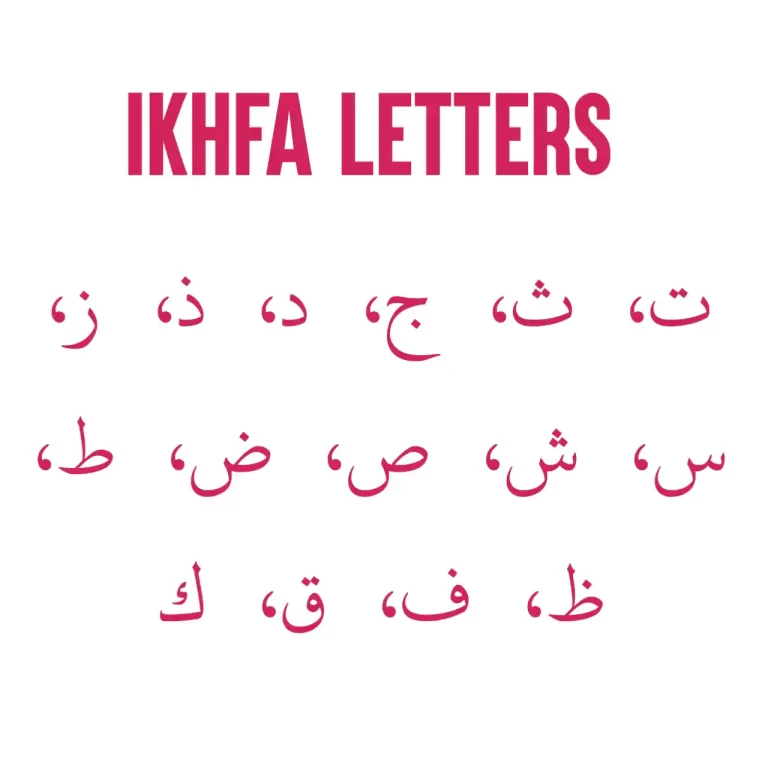
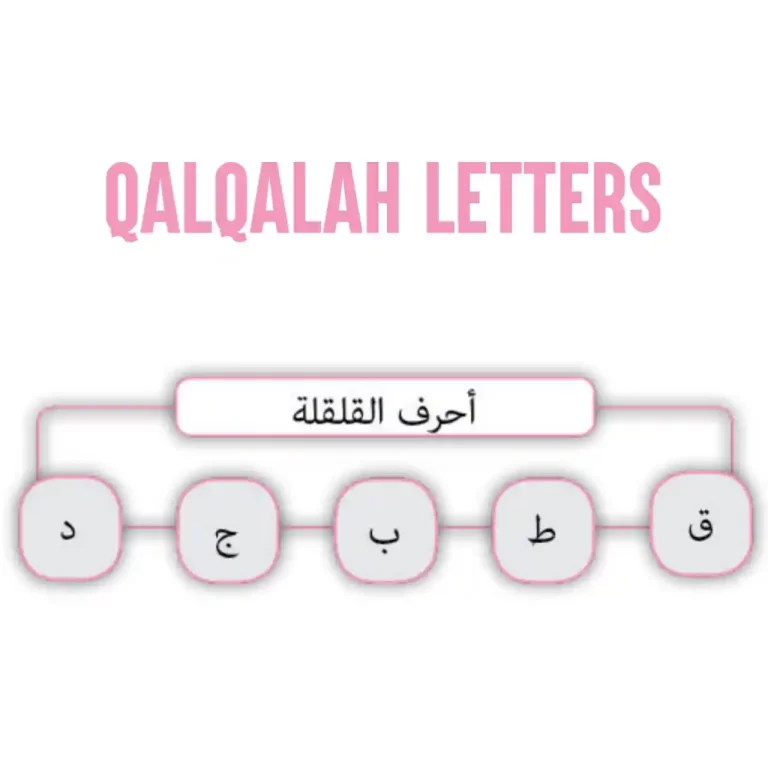
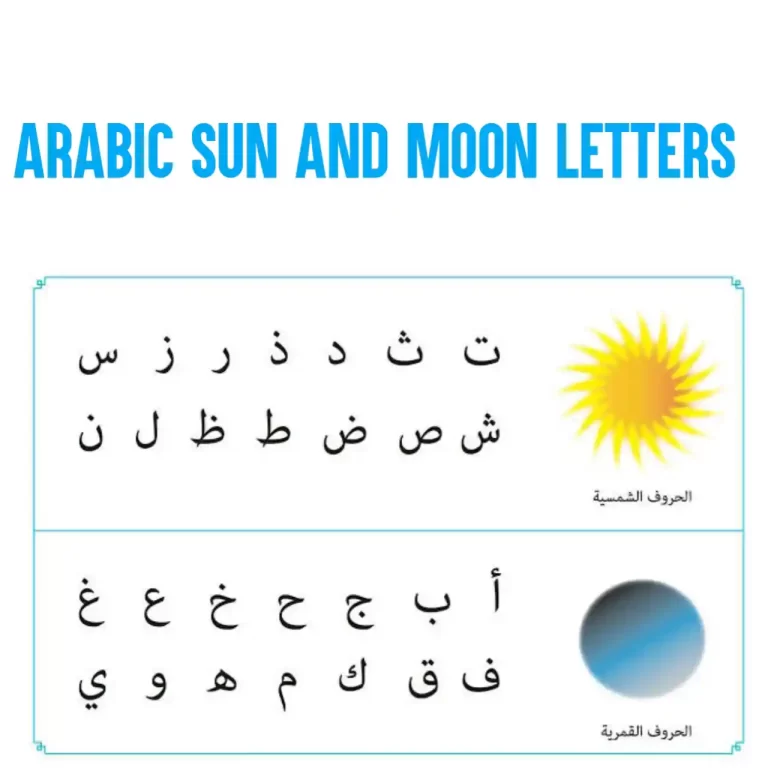
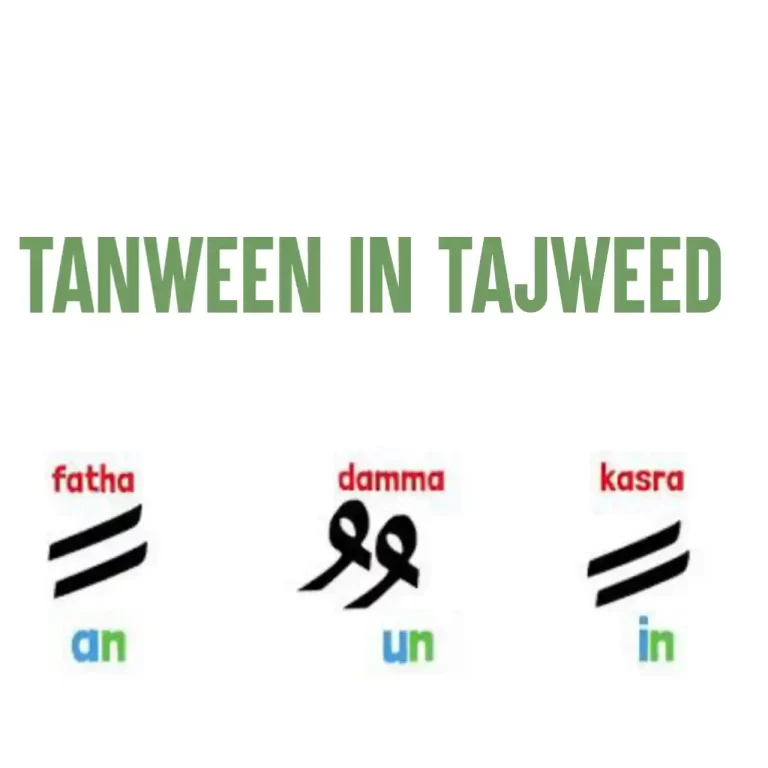

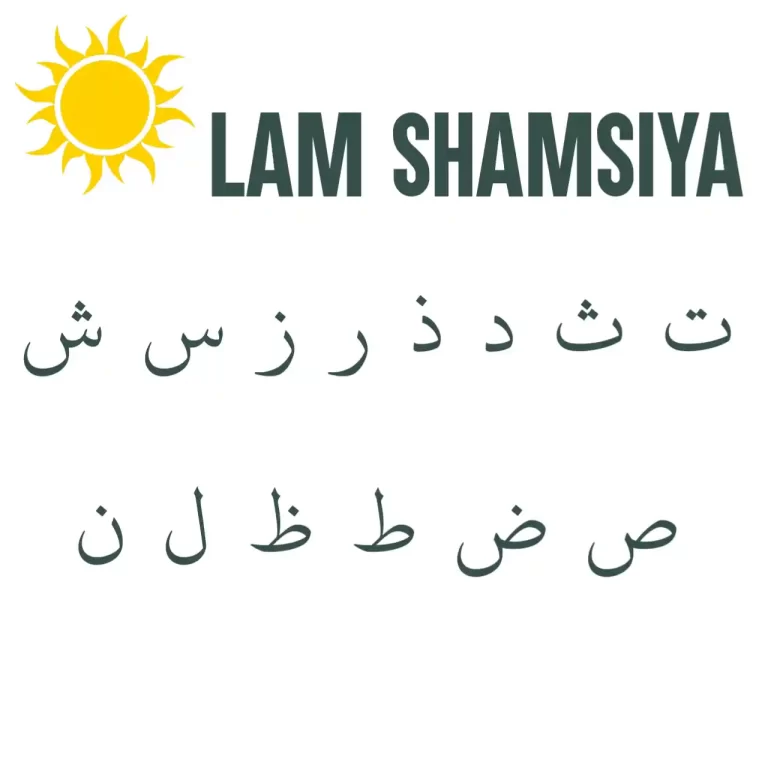
One Comment